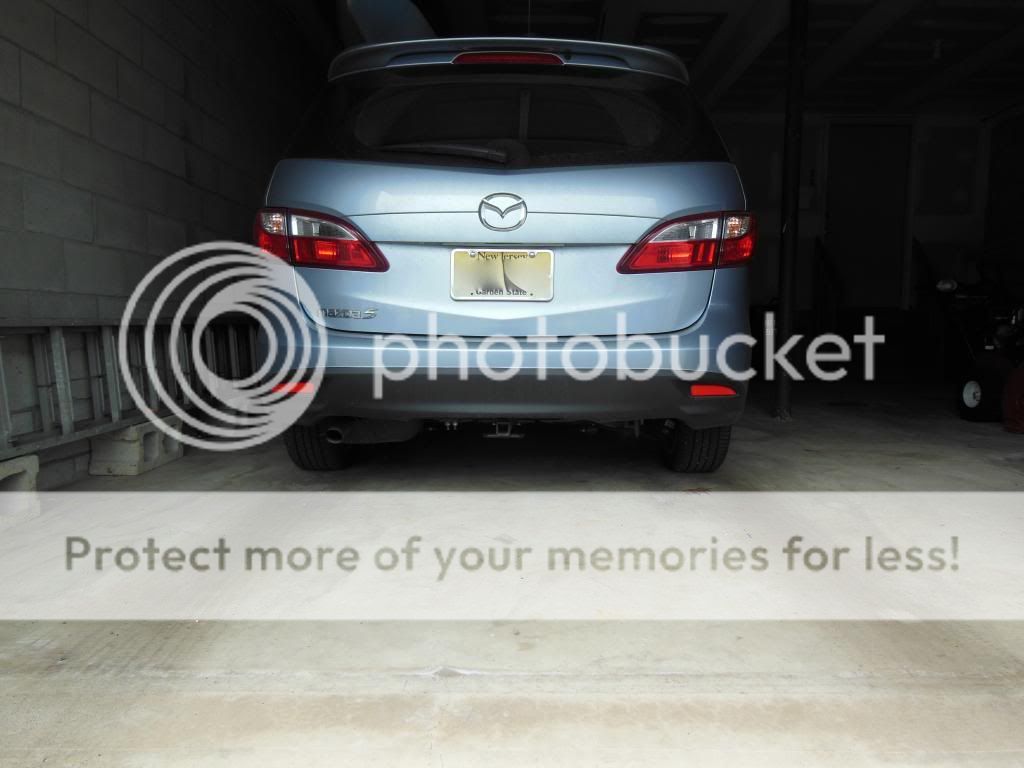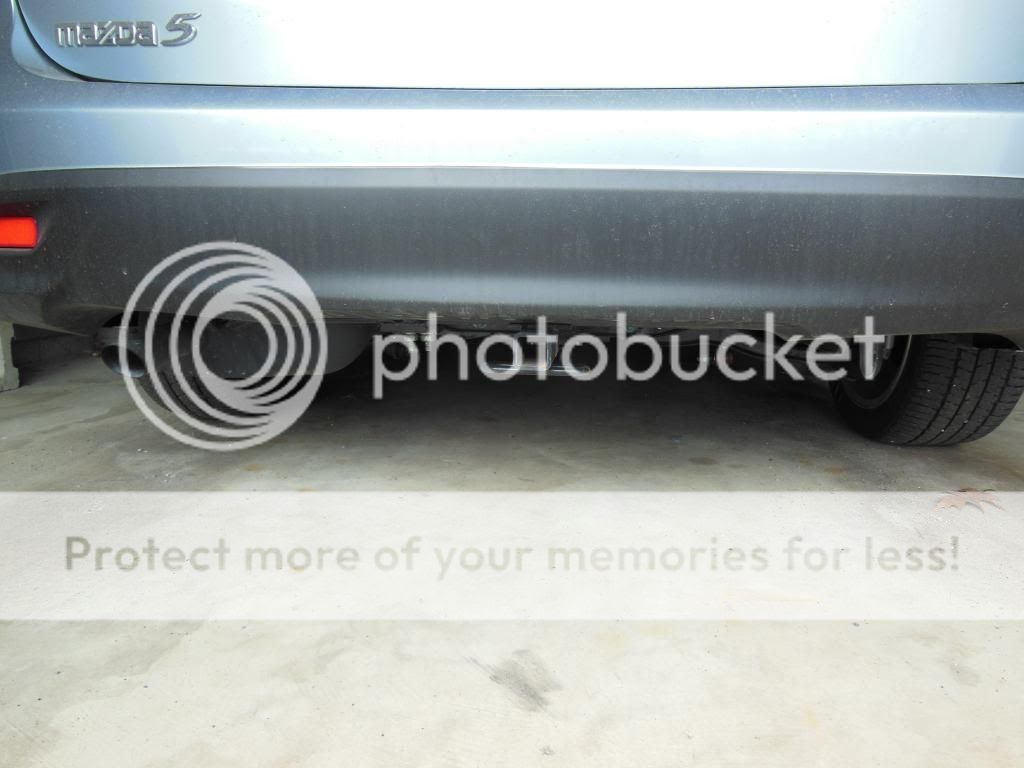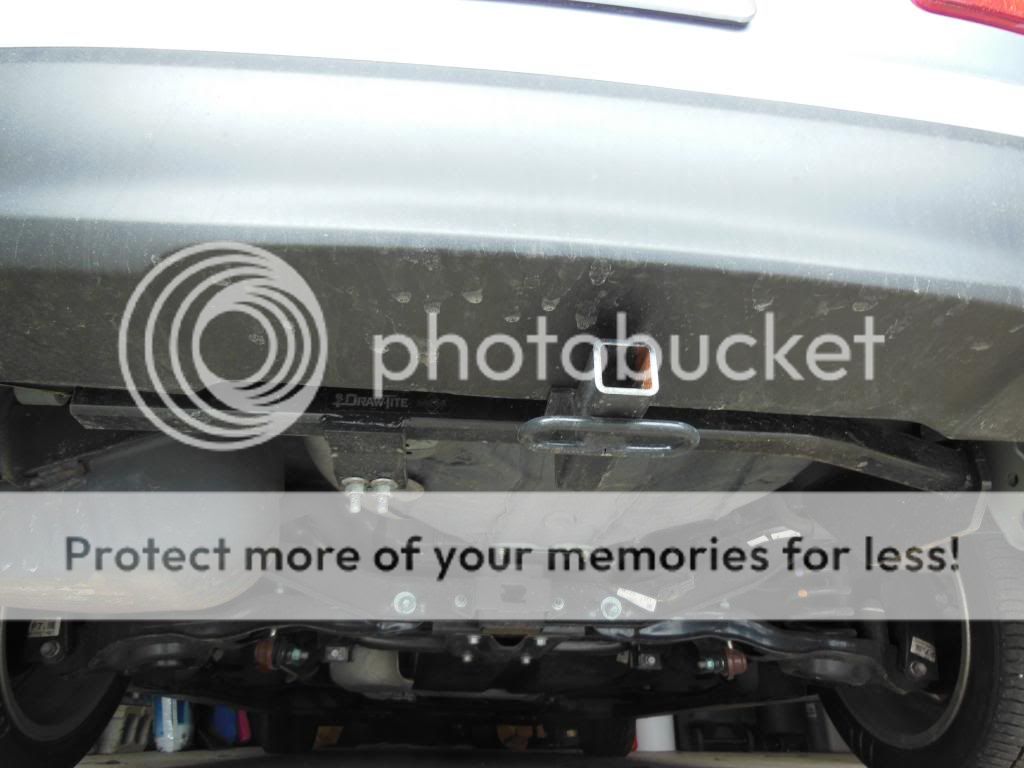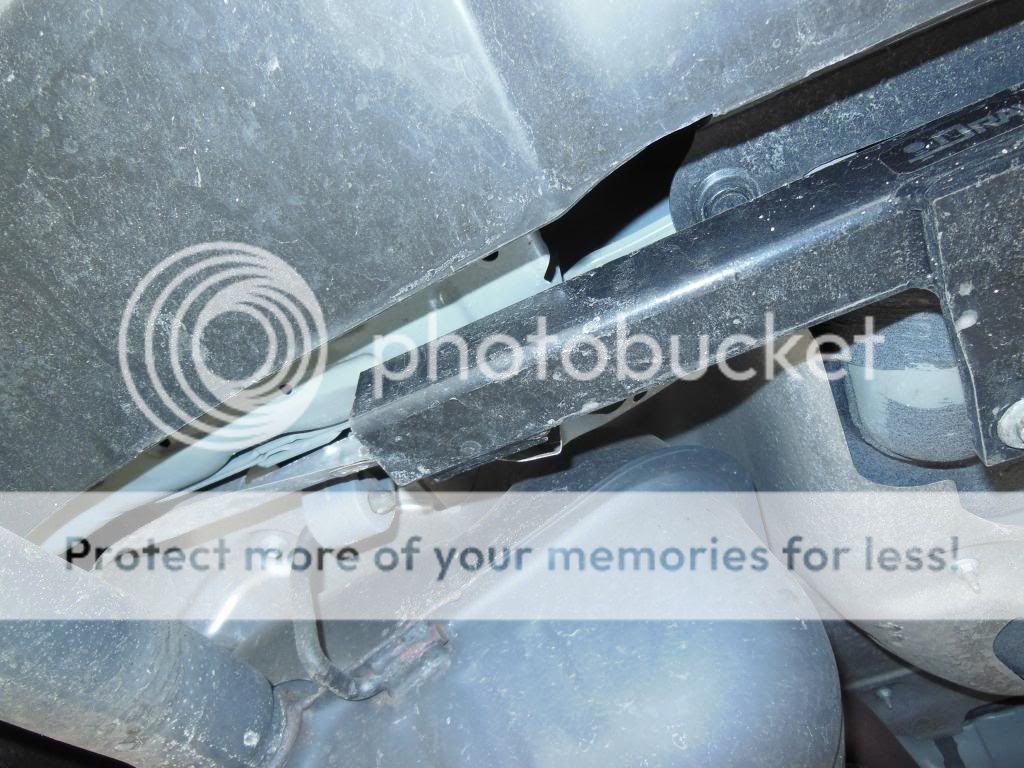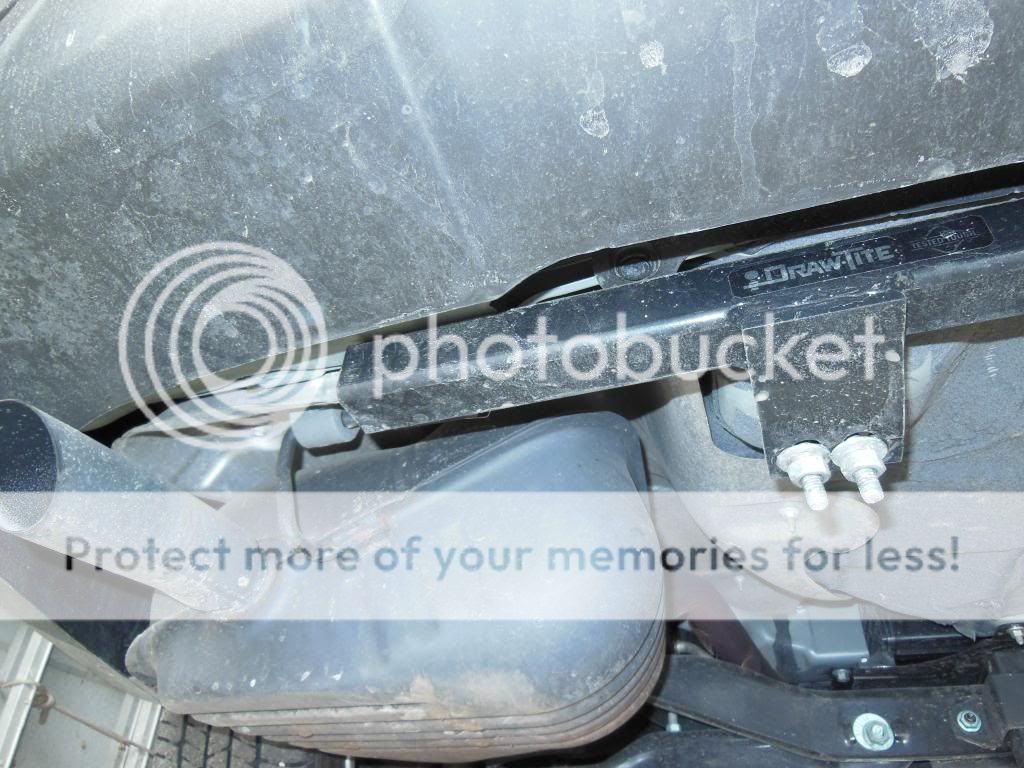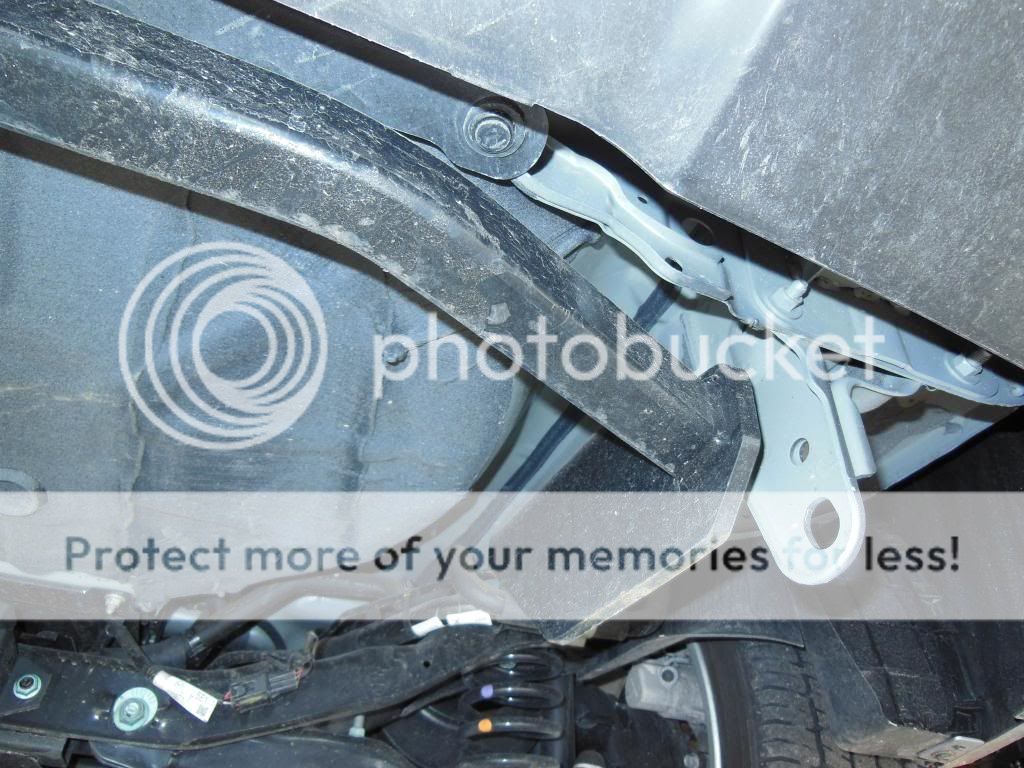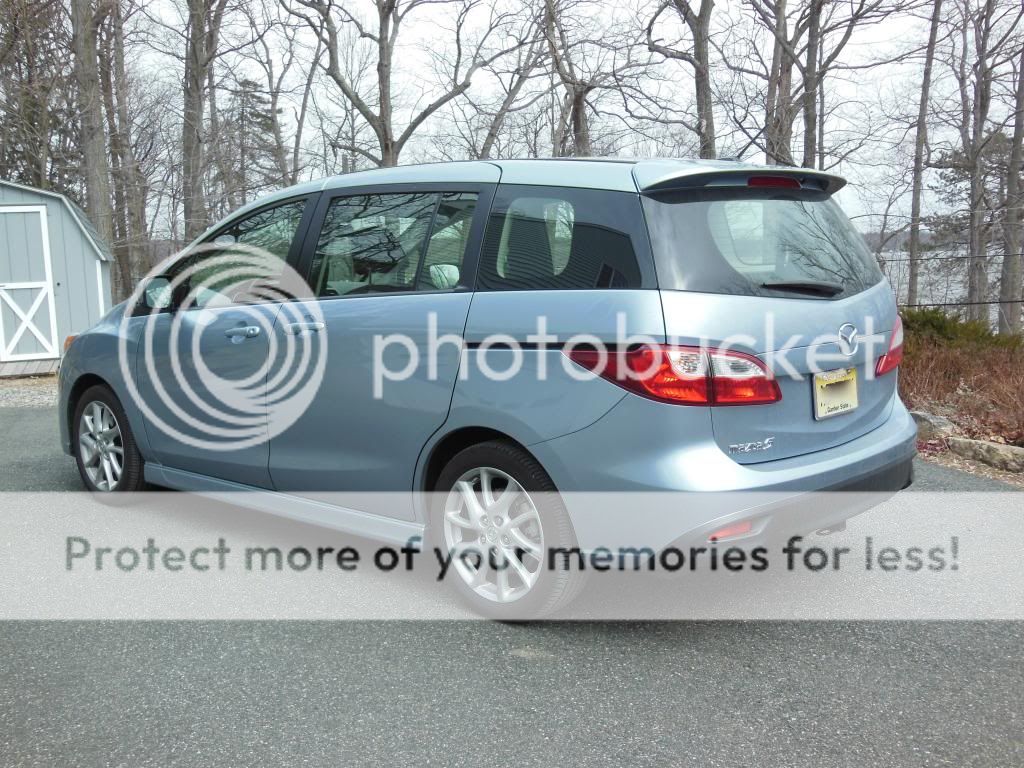The Curt has two bolts going up into the bumper support beam AND two bolts going horizontally into unibody frame rail. It’s the horizontal mounting AND that they go into the frame rail that caught my attention, more so than simply having the 4th mounts though I do believe more mounts = more secure/solid base -duh. I’ve been looking at a lot of Class II/III hitches and they all mount onto the frame rail.
The HH/DT’s use 2 bolts only go up into the bumper support beam + 1 U-bolt secured to the tow hook, which is off center. None of the Class II/III hitches uses a U-bolt to secure (clamp) onto the tow hook, which I understand to be a strong point. The HH/DT is essentially a horizontal bar secured up and onto the underside of the bumper support beam and the U-bolt for safety measure. Oh, guess where the bumper support beam is welded too?

Regarding stabilizer straps, it seems eTrailer is only repeating what is noted on Curt’s install manual that this is recommended for warranty, apparently for all of their Class I/II hitches. All of the eTrailer expert responses comment that it is needed for warranty without further explaining “why the Curt needs it” but not the others. They explain what the purpose of the strap is used for but that’s just a general description of a stabilizer strap. Quite a few internet Curt Class I/II users comment that they don’t use the strap and are fine. I’m all for following what’s recommended but it has to make sense to me. A hitch is a simple device and is only as good as how it’s made and how you use it. If I ask myself which has a better load distribution, I’m going to say the Curt over the HH/DT. What would cause the need for the stabilizer strap? Could it be a fundamentally flawed design issue? Could it be that their hitch receiver opening is over/under sized? I can’t find anywhere that these are issues; it seems more like Curt wants to cover themselves. In fact, I am tempted to guess that the Curt can actually carry more load but in the interest of NOT getting litigious over Mazda’s claims of no towing, they can’t position it that way and say use a strap. If I add a load of weight, I would consider using a strap but just to say use it no matter what or that the others do not specify the need for therefore is better is not good enough for me.
I’m still consider myself a hitch novice. Am I way off base?
Hopefully someone with a Curt hitch can chime in, especially on the need for stabilizer straps. If this is truly needed for 'every' accessory, then it is definitely a turn off (and wouldn’t make sense -to me).

